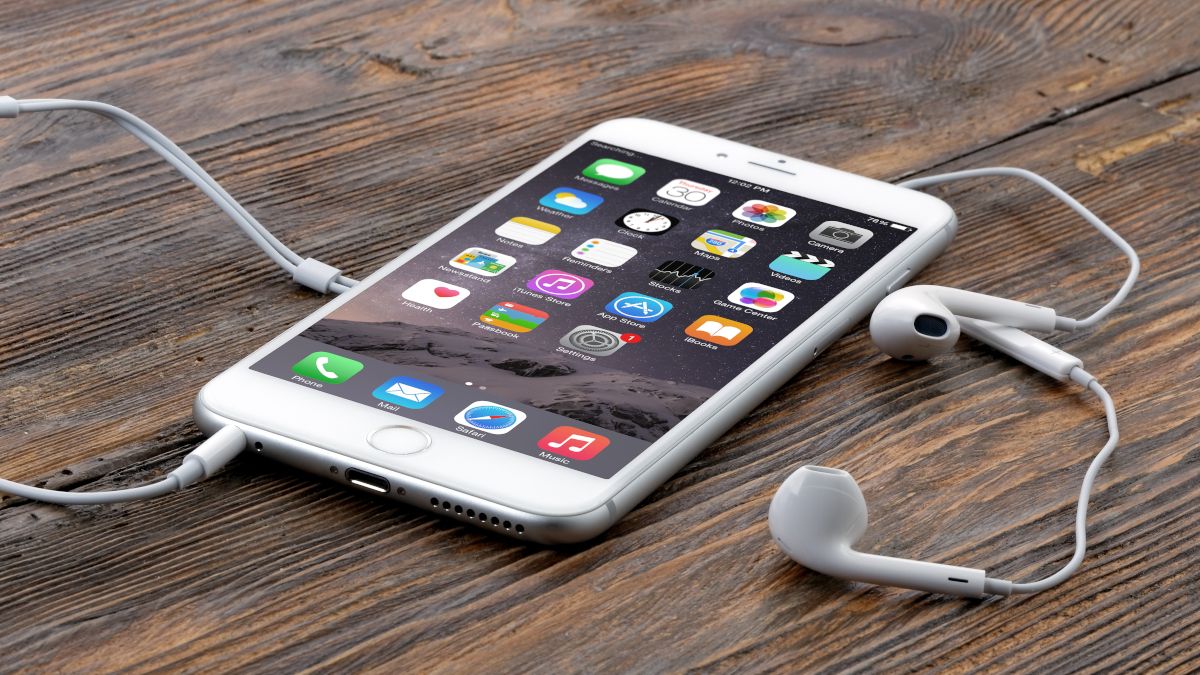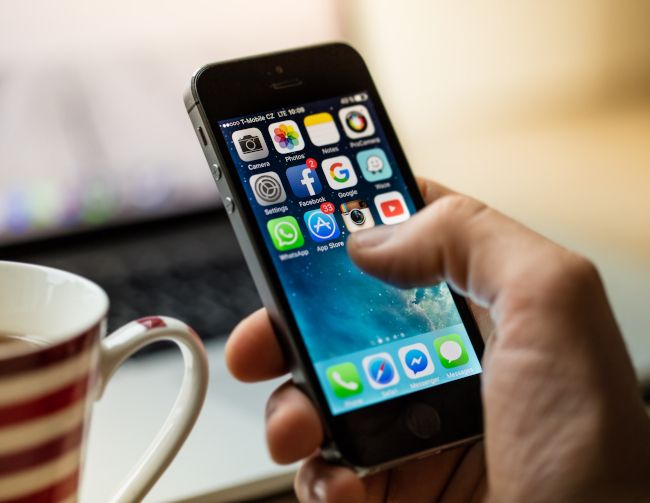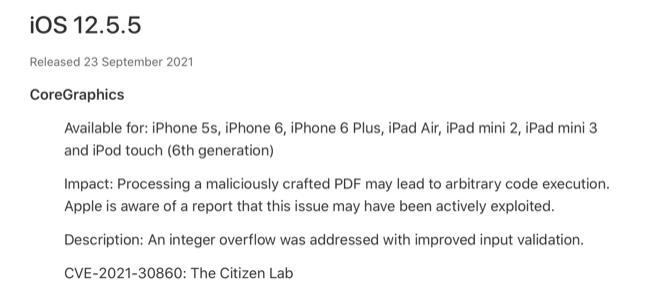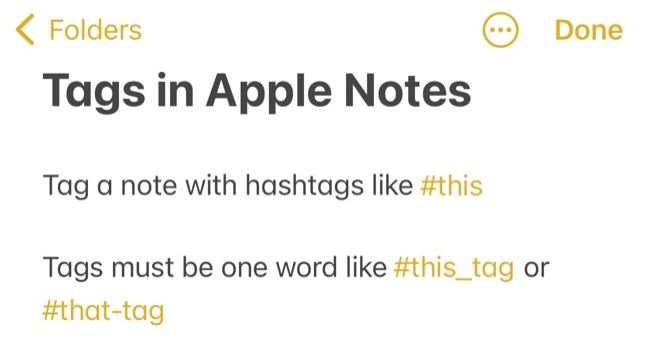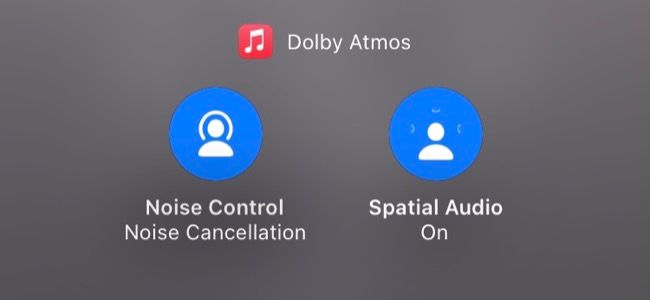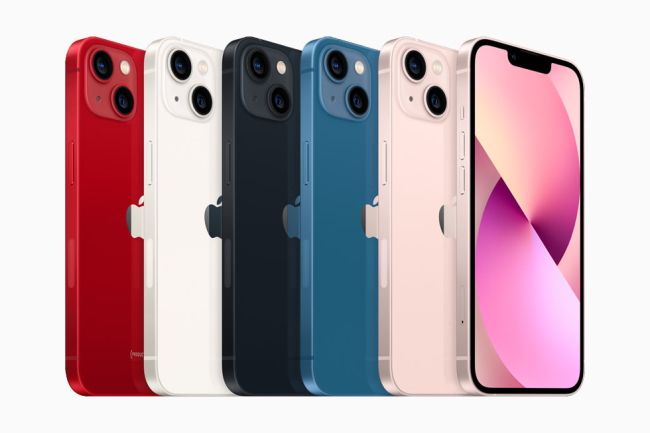Quick Links
Apple supports iPhones for around seven years before they stop receiving major iOS updates. So what are the implications of an iPhone that can no longer move on to the next major version each fall?
Your iPhone Will Eventually Stop Receiving Updates
By current estimations, Apple provides around seven years of support for the iPhone. The iPhone 6s and iPhone SE launched in 2015 and 2016 respectively, running iOS 9. Both of these models were able to upgrade to iOS 15 in 2021, which means they've received seven iOS upgrades and at the time of writing are still receiving ongoing support.
The iPhone 5s launched in 2013 with iOS 7 and eventually ceased receiving updates after iOS 12 released in 2018, which equates to a support period of six major versions. Earlier iPhones like the iPhone 5 only saw five major revisions of iOS. So, as time has gone on, Apple has been supporting its smartphones for longer periods of time.
But age comes for us all eventually, and your iPhone is no different. Eventually, Apple will stop supporting your device with major iOS updates. This means you won't be able to upgrade to the shiny new version each fall. It's difficult to predict when this will be even with current estimates, since only Apple can tell.
It's possible that newer devices will last even longer than older ones, especially as the hardware that powers the iPhone becomes more efficient and capable.
Unsupported Devices May Receive Security Updates
The good news is that even devices that are no longer receiving major iOS upgrades receive over-the-air updates from time to time. You can take a look at Apple's security updates log to see evidence of this.
For example, iOS 12.5.5 was released in September 2021, targeting the iPhone 5s and iPhone 6 (plus some older iPad and iPod Touch models), around the same time that iOS 15 was rolling out. This update addressed known security issues in Safari and other areas of the operating system.
Unfortunately, these updates only target the most critical problems. Smaller bugs and lower priority security issues will go unaddressed since Apple focuses development on the latest version of iOS. For that reason running an older device still presents a security risk, particularly if the device is stuck on a much older version of iOS.
The Problem With Outdated Versions of iOS
Security risks are by far the biggest concern with outdated software of any kind. These could allow attackers to run unsigned code on your device through a web browser which could lead to personal information becoming compromised. An attack could even cause your device to stop working altogether (as was the case with an iMessage exploit that was patched in 2019).
In addition to exposing yourself to security problems, you'll also miss out on new features that Apple rolls out each fall. This can range from simple tweaks and enhancements to the iOS formula to major new versions of in-built apps like Notes and Safari.
In the case of Safari, you might find that some websites no longer render or behave in a predictable manner. In iOS 15, Notes introduced a feature that allows you to use tags to organize things, but on older versions of the Notes app any notes that use tags will be hidden completely.
If you use AirPods you may miss out on features that arrived after launch, like one that allows your earbuds switch between devices automatically. You might miss out on new features that arrive with emerging technologies or formats like spatial audio using Dolby Atmos that was delivered via an update prior to the release of iOS 15.
Some Apple features might stop working altogether or behave erratically. For example, Continuity features allow you to pick up where you left off on a Mac or an iPad, or copy something on your iPhone and paste it on your Mac (and vice versa). The best way to ensure these features remain functional is to use the latest software on all of your devices.
Some third-party apps may also stop working since they will rely on newer versions of iOS. Apps list the minimum version of iOS required under the "Compatibility" section at the bottom of their App Store listing. This varies from app to app. For example at the time of writing Minecraft works on iOS 10 or later, while Among Us requires iOS 13 at a minimum.
The problems may even extend to peripherals like the Apple Watch. Since the Watch depends on iOS to function, it must be updated wirelessly using the Watch app that lives on your iPhone. You may be missing out on Watch features and updates if your iPhone is stuck on a previous version since newer versions of watchOS must be applied after the latest version of iOS has been installed.
Support Ended? Consider Upgrading Your iPhone
There's not a lot you can do about an iPhone that is no longer receiving major updates. On a Mac, you can throw caution to the wind and use a patcher to install unsupported versions of macOS anyway, even if it tanks your performance considerably.
On a Mac, you could install a lightweight Linux distribution to regain some performance, or install Windows if your hardware allows. The iPhone doesn't have this luxury since Apple locks the bootloader to only accept Apple firmware. You could jailbreak your iPhone if there's an exploit available, but you probably shouldn't jailbreak unless you have good reason to.
The only real option that allows you to use the latest version of iOS is to buy a new or used iPhone that's still receiving support. Being stuck on an older version of iOS is one of the best reasons to replace your iPhone. If your device is old enough that software support has lapsed then you'll likely see some big improvements in performance, features, camera quality, and more when you upgrade.
You can save money on a replacement by buying used or refurbished, but keep in mind that the older the replacement the sooner you will lose support. Try and buy a device that's no more than a year or two old to strike a balance between value for money and future software support.
Research any potential purchases to see what version of iOS they launched with, then compare this with the latest version of iOS at the time of purchase. While it's only an estimate, Apple is currently supporting iPhone models for around seven years so this should give you an idea of how long your replacement will last (assuming the hardware holds up).
Or Just Keep Using Your Old iPhone
There's an argument to be made for sticking with an iPhone that still turns on and performs the basic tasks you expect of it. If you only use your iPhone for calling and texting, with no real concern for app compatibility or web standards, you might want to consider soldiering on until your device gives up the ghost completely.
This is also true for anyone who doesn't use Apple's ecosystem exclusively. If the device still works with the apps and services you use on a daily basis (for example Google services like Gmail and Google Photos), you might not see much reason to upgrade. Your money might be better spent on a battery replacement instead.

